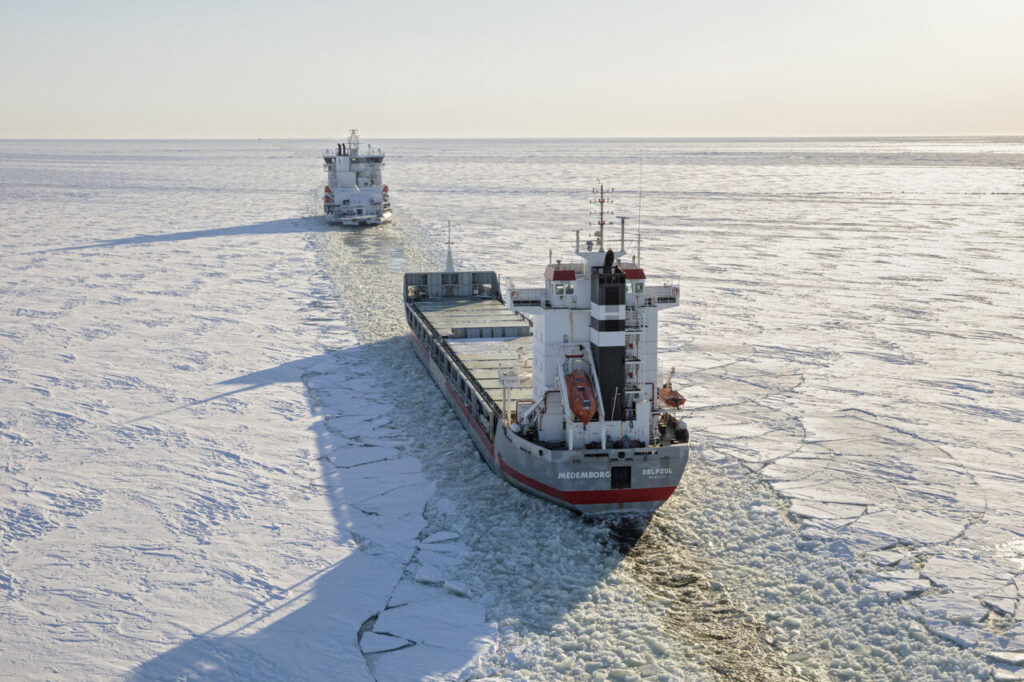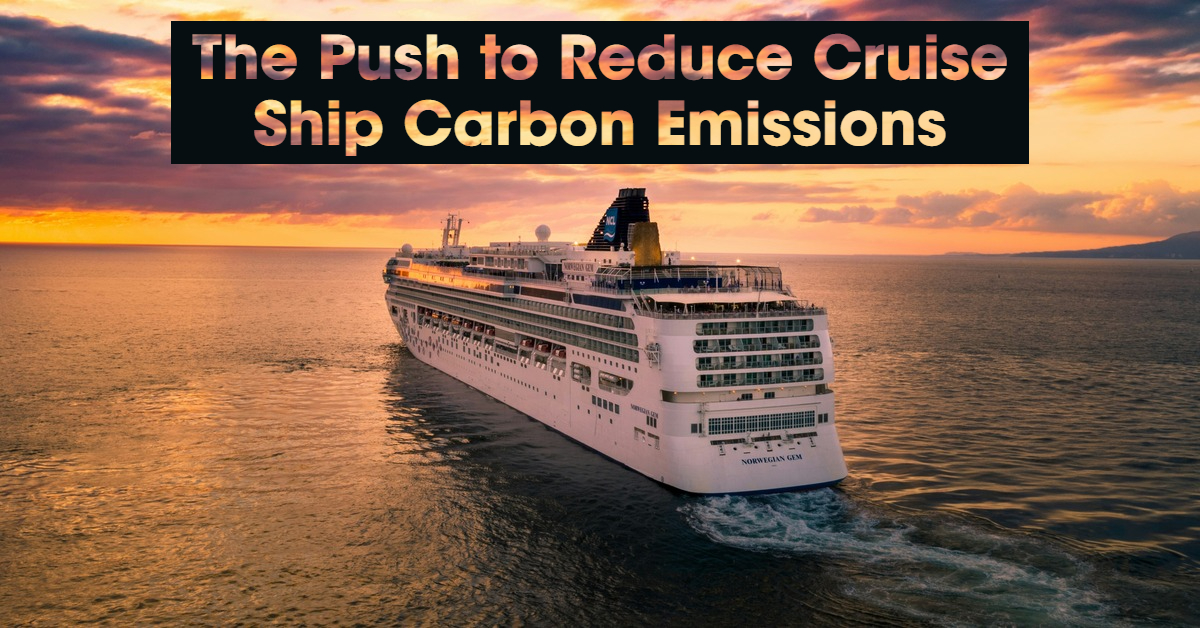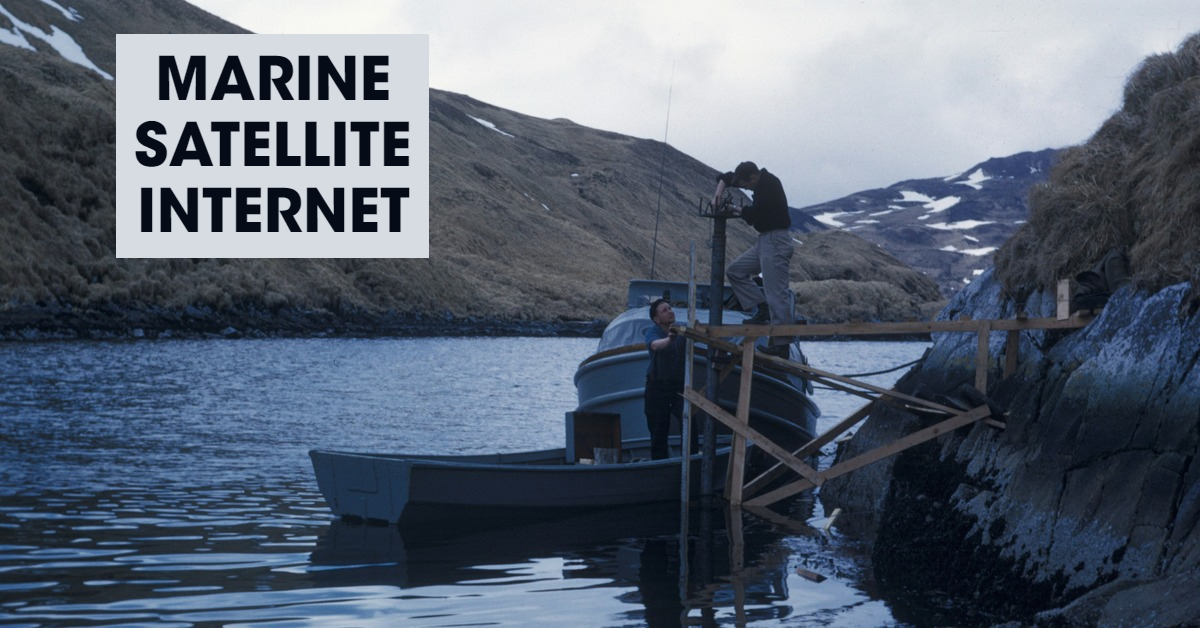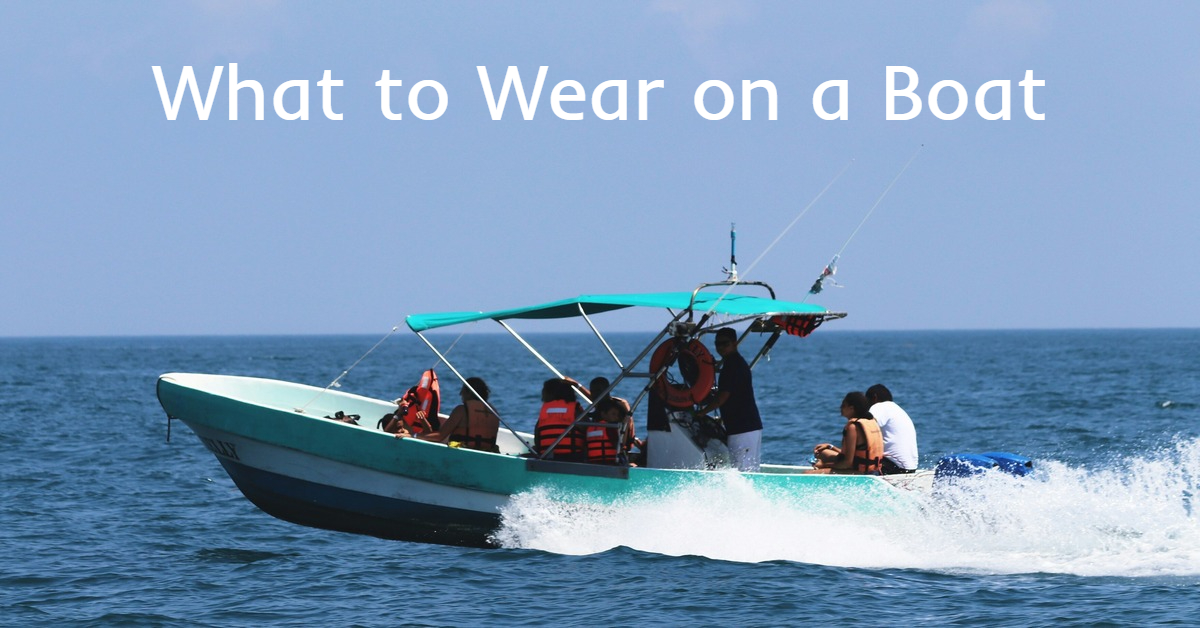Ice class refers to the classification given to a cargo ship indicating its ability to navigate through sea ice. This classification is crucial for ensuring safe marine operations in polar regions and is assigned by various classification societies or national authorities.
Ships with a higher ice class can navigate through thicker and harder sea ice. Some key features of ice-class ships include:
- Reinforced Hulls: To withstand the pressure of ice and prevent damage.
- Increased Power: For breaking and navigating through ice.
- Icebreaking Bows: Specifically designed bows that cut through ice more efficiently.
The Finnish-Swedish Ice Class Rules are some of the most widely recognized standards. They categorize ships based on their ability to navigate through ice. Categories range from 1A Super, being the highest and indicating the ability to operate in thick multi-year ice, to Ice Class III for ships that can navigate through minor ice conditions.

Navigating in icy waters is challenging and requires ships to have design and construction modifications that meet specific requirements related to the ship’s structure, engine capacity, and hull form. These ships play a vital role in keeping trade routes open in cold seasons and ensuring that goods can be transported safely in these challenging conditions.
It’s not just about structural strength; performance requirements are also a key aspect of a ship’s ice class. It must demonstrate the ability to actually progress through sea ice with proven hull forms for efficient icebreaking capabilities.
International Ice Classes
International ice classes are specifications assigned to ships that dictate their ability to navigate through different types of ice environments. These classes are essential for maritime safety and operational capabilities in polar waters.
Finnish-Swedish Ice Class
The Finnish-Swedish ice class system classifies ships based on their ability to manage in ice-infested waters. The classes range from IA Super, which represents the highest ice-strengthening for ships navigating in thick first-year ice, to III for vessels that operate in ice-free open water conditions. IA and IB classes also denote significant capabilities, but may still require icebreaker assistance at times.

Baltic Ice Class
Baltic ice class refers to the classification specific to the Baltic Sea, where conditions can vary widely during winter months. This ice class system includes subclasses such as 1A* and 1A, with 1A* being the highest, denoting ships that can navigate the most severe ice conditions without icebreaker assistance.
Russian Maritime Register of Shipping
The Russian Maritime Register of Shipping establishes ice classes based on the Russian Federation’s regulations, which are critical for navigation across the Northern Sea Route. Ships are classified into “Ice1” through “Ice3” categories, with Ice1 being the strongest, designed for year-round operation in Arctic seas.
Canadian Arctic Shipping
Canadian Arctic Shipping categorizes ships using the Arctic Class that ranges from Arctic Class 4 (ships that can operate in moderate multi-year ice) to Arctic Class 10 (ships capable of summer/autumn operation in first-year ice without escort).
Polar Class
The Polar Class system is recognized internationally, with classifications from PC1 to PC7. PC1 is designed for year-round operation in all polar waters, while PC7 indicates ships suitable for summer and autumn operation in thin first-year ice. These classes are essential for assessing the capability of ships conducting operations in the challenging and diverse conditions of polar regions.
Classification Societies and Ice Classes
Classification societies play a pivotal role in establishing standards for the construction and operation of ice-class ships, defining the ice resistance of vessels intended for navigation in polar conditions.
Lloyd’s Register
Lloyd’s Register categorizes ice-class ships based on their structural strength and navigational capabilities in ice-covered waters. This classification ensures the safety and operational efficiency of vessels in harsh icy conditions.
American Bureau of Shipping
The American Bureau of Shipping offers a range of ice classes, from A5 to D0, with A5 indicating the highest ice class, signifying ships that can withstand the most extreme ice conditions, down to D0 for the least ice-resistant vessels.
Det Norske Veritas Germanischer Lloyd
Det Norske Veritas Germanischer Lloyd, known as DNV GL, also provides a comprehensive system of ice classes, focused on safeguarding maritime operations by ensuring ships can endure the challenges presented by icy seas. Their standards are vital for maintaining the integrity of vessels operating in cold environments.
Structural Requirements for Ice-Class Ships
Ice-class ships are specially designed to navigate through harsh ice-covered waters, and they must meet stringent structural standards to do so. The highest ice class, 1A Super, signifies ships that can operate in difficult ice conditions mostly without the need for icebreaker assistance. In contrast, lower classes such as 1A, 1B, and 1C generally require icebreaker support.
Key areas of reinforcement include:
- Hull: The ship’s hull, particularly around the bow, must be reinforced to withstand the pressure and abrasion from ice. This reinforcement is often referred to as an “ice belt” and is positioned near the waterline.
- Frame and skin thickness: Ice class vessels are characterized by increased frame strength and skin thickness to prevent damage from ice.
- Materials: High-strength steel is typically used in the construction of ice-class vessels due to its durability and performance at low temperatures.
In addition to structural considerations, ice-class ships also require:
- Powerful engines: To navigate through ice, ships need stronger engines for additional propulsion.
- Propeller strength: To reduce the risk of damage from ice, the strength analysis of propellers is crucial.
The following list enumerates the structural highlights of ice-class ship design:
- Reinforced hull and increased frame strength
- Heightened material standards for performance in cold weather
- Enhanced engine power and strengthened propeller design
These structural features ensure that the vessels can withstand the pressures of icy waters, providing safe and reliable transportation through polar regions.
Icebreaker Support and Collaboration
Cargo vessels operating in icy waters often require the assistance of icebreakers to navigate through ice-covered sea routes. The collaboration between ice-class cargo ships and icebreakers is vital for maintaining the flow of maritime traffic in polar regions.
Icebreaker support is especially critical along the Northern Sea Route (NSR), where the biggest icebreakers in the world Russia’s new Arktika-class (Project 22220), provide year-round navigation assistance.
Cargo vessels with reinforced hulls, known as ice-class ships, have varying levels of ice navigation capabilities. They are categorized into different classes based on their ability to maneuver through ice without assistance. However, in extreme conditions, even the most robust ice-class vessels rely on icebreakers.
| Ice Classes | Known Capabilities |
|---|---|
| PC1 | Can operate in thick multi-year ice |
| PC2 – PC7 | Gradually decreased icebreaking capabilities |
International cooperation has led to the establishment of these ice class standards, ensuring that commercial vessels can operate safely and effectively in challenging ice conditions. The Finnish Maritime Administration (FMA), for example, has been significant in collaborating on setting these standards.
Icebreakers not only facilitate the passage of commercial cargo but also extend their services for search and rescue operations, environmental protection missions, and scientific expeditions. Their capability to break and navigate through thick ice makes them indispensable assets for countries with interests in polar regions. This has led to an intrinsic collaborative effort between ice-class cargo fleets and icebreaker vessels, ensuring that sea routes remain navigable and safe for global shipping activities.
Operational Considerations for Ice-Class Vessels
When operating ice-class vessels, certain factors must be assessed to ensure safe and efficient transit. These vessels are designed with heavier hulls and more complex propulsion systems to withstand icy conditions. The following considerations are crucial for operators of ice-class vessels:
Ice Navigation Skills: A crew’s ability to navigate through ice is essential. They must understand ice formations and characteristics and maneuver accordingly.
Vessel Design: The vessel must have a suitable design, including an appropriate bow shape for the intended ice conditions. Some areas require a rounded bow rather than a bulbous one to push ice away.
Propulsion Strength: Propulsion systems must be powerful enough to break through ice. Power requirement calculations are a fundamental part of ice-class vessel design.
Voyage Planning: Special attention must be paid to voyage planning in icy waters, taking into account ice-class capabilities and regional ice conditions.
| Ice Condition | Consideration |
|---|---|
| Light ice | Standard maneuvers may suffice, but caution is required. |
| Moderate ice | Increased propulsion power and ice navigation skills required. |
| Heavy ice | Specialized icebreaking support may be necessary. |
Efficient operations also depend on choosing the right ice class for the voyage, with classes ranging from A5, indicating the strongest build, to D0 for the weakest. Finally, the strength and design of propellers, as indicated in guidance notes for ice-class vessels, are vital to ensuring they can withstand ice interaction.
Environmental and Safety Regulations
Ice class cargo ships traverse some of the most challenging sea conditions on the planet. These vessels must adhere to specific environmental and safety regulations to operate effectively and safely in icy waters. International and national bodies have developed a robust framework to govern ship design and operation in such environments.
The International Code for Ships Operating in Polar Waters (Polar Code) is a key regulation implemented by the International Maritime Organization (IMO). It addresses various aspects:
- Design and construction: Ensuring structural integrity and stability in icy conditions.
- Equipment: Adequate survival gear and navigational aids for polar travel.
- Operational measures: Guidelines for safe operation, crew training needs, and ice navigation.
- Search and rescue: Enhanced measures for emergency response in remote areas.
- Environmental protection: Minimizing ecological impacts in the fragile polar ecosystem.
Classification societies such as the American Bureau of Shipping provide detailed guidelines for the ice strengthening of hulls, and propellers, and the determination of power requirements for icebreaking capability. These guidelines classify ice class cargo ships based on their structural robustness, from Class A5—the strongest, to Class D0—the weakest.
For a vessel’s operational planning in winter conditions, consideration must be given to the environmental conditions (such as air temperature and ice conditions) and how it correlates to the vessel’s capability. This planning ensures that cargo ships comply with regulations and maintain safety and operational integrity in icy seas.
Navigating ice-infested waters requires vessels to be equipped with specialized technology and equipment to ensure safety and efficiency. These technologies are typically integrated into ice-class vessels and include a variety of tools designed to mitigate the inherent risks of operating in polar environments.
Radar: A critical component for ice navigation that assists in detecting icebergs and pack ice. It is often enhanced with ice recognition software which differentiates between ice and open water. A great example is Ice radar FICE-100 from Furuno.
GPS and Electronic Charts: Provides real-time positioning and routing information. Ice-class ships use electronic chart display and information systems (ECDIS) which get regularly updated with the latest ice chart data.
Ice Searchlights and Thermal Imaging: High-powered searchlights and thermal imaging are utilized to visualize ice at night or during poor visibility. Thermal imaging systems can detect temperature differences, revealing ice that might otherwise be undetectable.
Ice-strengthened Hull and Ice Belt: Essential for physical navigation through ice, an ice-class ship’s hull is reinforced. The ice belt, the area of the hull most likely to contact the ice, is significantly thicker.
Bow Thrusters: Aid in ship maneuverability when navigating through broken ice and in close-quarters ice conditions.
Here’s a concise list of equipment typically found on ice-class ships:
- Hull Reinforcements: To withstand ice pressure
- Ice Radar: Upgraded for ice detection
- Ice Detecting Sonar: For underwater ice detection
- Heated Decks: To prevent ice accumulation
- Icebreaking Bow Design: To break and clear ice paths
Additionally, navigational strategies like voyage planning and preparation for ice areas demand integrating these technologies with the experience of a skilled crew. With these technologies, vessels can maintain safe passage in some of the most challenging sea conditions on Earth.
Ice Class Vessel Design and Modification
When designing ice class vessels, engineers must take into consideration several key structural and performance factors to ensure the ship’s safe passage through icy waters. Ice strengthening is essential in areas such as the hull, which is reinforced to withstand the pressure and abrasion of ice. Typically, this involves using thicker steel plates and robust framing throughout the vessel’s waterline and bow section.
Key aspects of design include:
- Hull Form: Ice class ships feature a hull design that enables them to break through ice efficiently. This often means a rounded bow profile for reducing resistance against the ice.
- Materials: High-grade steel with excellent toughness at low temperatures is used to prevent brittle fracture.
- Power Requirements: These ships are equipped with powerful engines to provide the necessary force to navigate through ice. Their propulsion systems, including the propellers, are also reinforced.
Modifications to existing vessels for ice operation typically involve upgrading the hull and machinery to meet specific ice class requirements. These upgrades depend on factors like the ice conditions, expected ship velocity, and intended service of the vessel.
The Design of Ice Class Ships provides a clear overview of the attributes and considerations for ice-capable ships. Ships must also be designed according to regulations and guidelines such as those provided in the Guidance Notes on Ice Class, which detail calculation methods for ice strengthening and power requirements.
Economic Aspects of Ice-Class Vessels
Ice-class vessels are ships designed to operate in harsh arctic conditions, and they come with a premium due to their specialized nature. The construction of these ships involves additional costs for enhanced structural components and propulsion systems resilient to ice. Investment in ice-class container vessels reflects a balance between higher initial costs and the potential for more direct shipping routes, such as those through the Arctic.
- Initial Costs: Elevated due to a strengthened hull, reinforced propeller, and rudder capable of withstanding ice pressure.
- Operational Costs: Often higher, as these ships require more fuel for ice navigation and may incur additional expenses from icebreaker assistance or escort fees.
The premium of Ice Class container vessels can stem from the need for specialized materials and construction techniques. On the revenue side, command of higher freight rates due to limited competition in ice-laden waters can offset additional spendings. While the fuel costs for these vessels are generally higher than for conventional ships, this is somewhat mitigated by reaching locations inaccessible to standard vessels.
The economics of utilizing ice-class vessels extends beyond simple cost analysis to include:
- Access to new markets
- Potential reduction in transportation time for certain routes
- Seasonal variability in ice conditions, affecting availability and costs
The economic impact of these vessels is multifaceted, as the vessels enable trade in previously inaccessible areas, but with added operational complexities. Moreover, the economic viability of these ships must consider the rapidly changing Arctic conditions and the evolving regulations for polar shipping.
Future Developments in Ice-Class Shipping
The Arctic seas are witnessing substantial changes due to global warming, leading to a transformation in ice-class shipping dynamics. As sea ice diminishes, particularly during winter and spring, Arc7 ice-class vessels can now navigate the Northern Sea Route (NSR) for extended periods. Ice conditions from January to June are under scrutiny as climate models project variations in sea ice cover and navigability.
Technological advancements are enabling these ships to operate in environments formerly deemed too harsh. These vessels are equipped with reinforced hulls and powerful engines, allowing them to break through ice where standard ships cannot. The developments in polar class ships, such as PC6, are noteworthy for reducing the reliance on icebreaker assistance and enhancing autonomous Arctic navigation capabilities.
Future projections suggest that ice-class shipping will become increasingly feasible, considering the availability of detailed climate models and scenarios like SSP2-4.5 and SSP5-8.5 from the Coupled Model Inter-comparison Project Phase 6 (CMIP6). Moreover, research implies the prospects of opening two main types of Arctic shipping routes for standard vessels and ice-class ships, ensuring viable trans-Arctic navigation.
| Ice-Class | Key Attributes | Usage |
|---|---|---|
| Arc7 | High ice-breaking capabilities | NSR during winter/spring |
| PC6 | Operational in medium first-year ice | Proposed trans-Arctic routes |
Expect policy and regulatory developments parallel to these advancements to ensure sustainable and safe operations. Nations are gearing up in anticipation of higher traffic through Arctic waters, and experts foresee a necessity for comprehensive environmental considerations. The dialogue about future shipping lanes incorporates these pivotal aspects, reflecting a move towards more strategic and regulated Arctic navigation.
- Sustainable and Luxurious: Discovering Split’s Yachting Paradise – April 26, 2024
- MarineTraffic vs VesselFinder: Which Is Better Vessel Tracking Service? – February 14, 2024
- Port Costs: A Comprehensive Guide to Port Dues and Fees for Cargo Ships – February 12, 2024




Leave a Reply